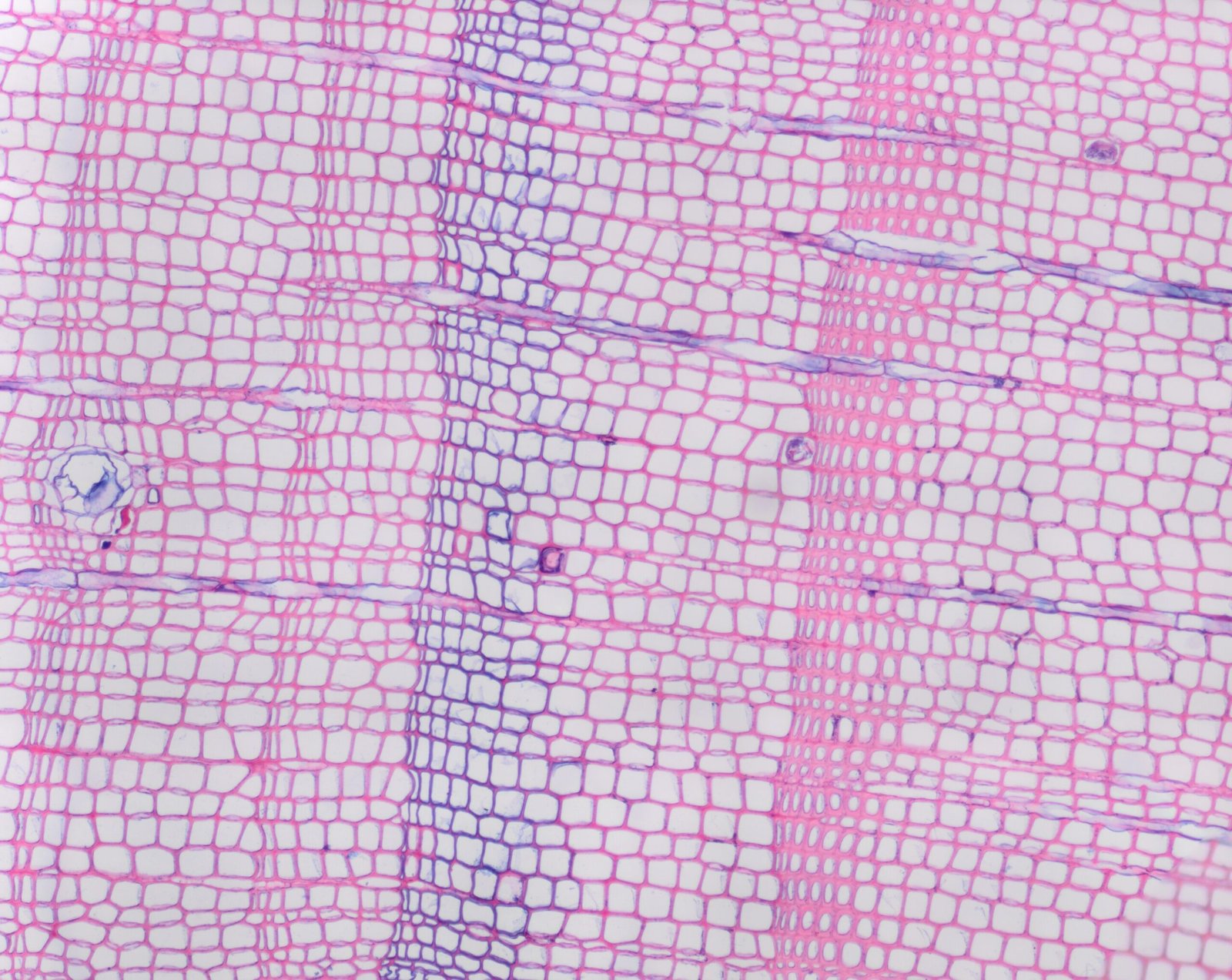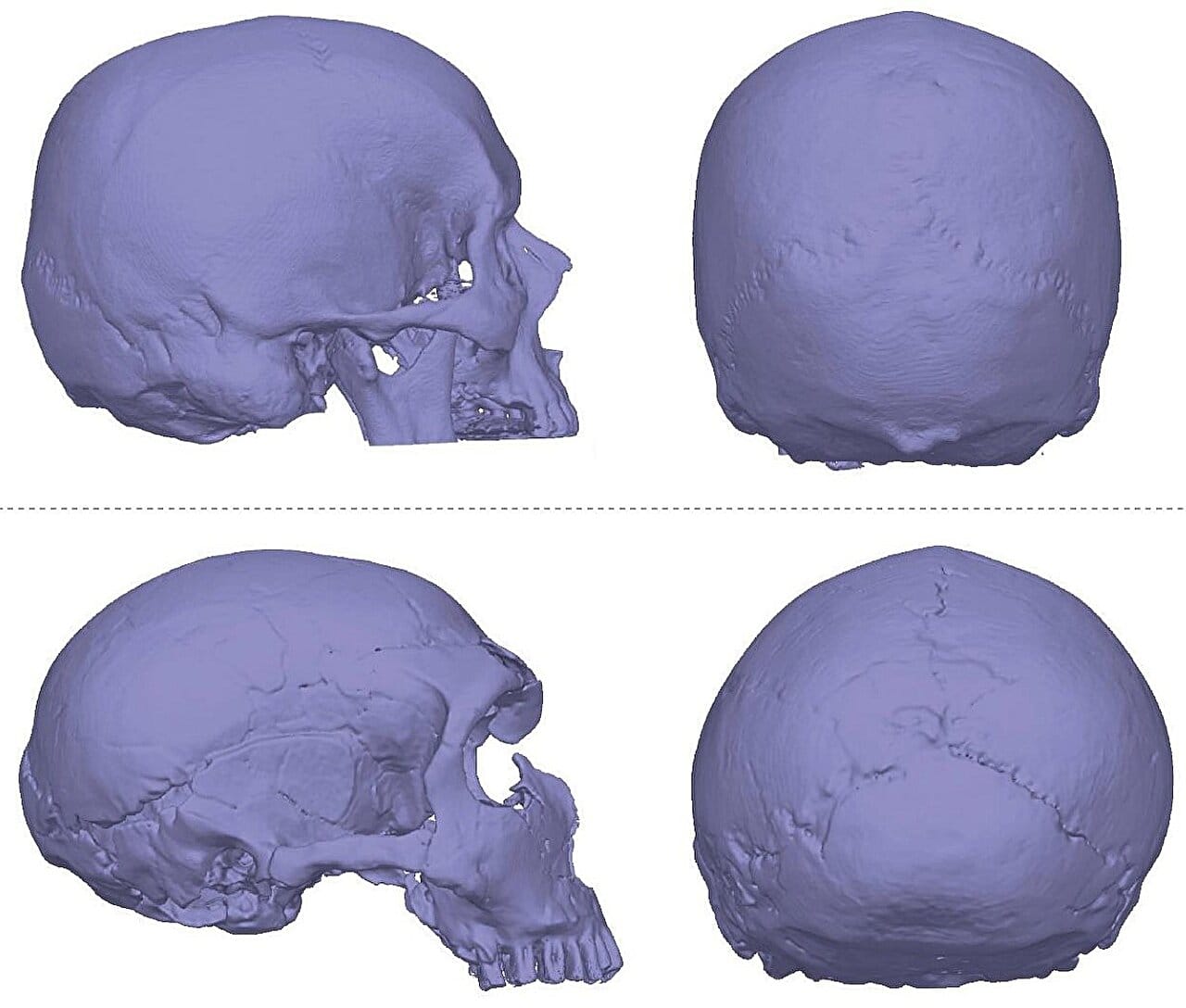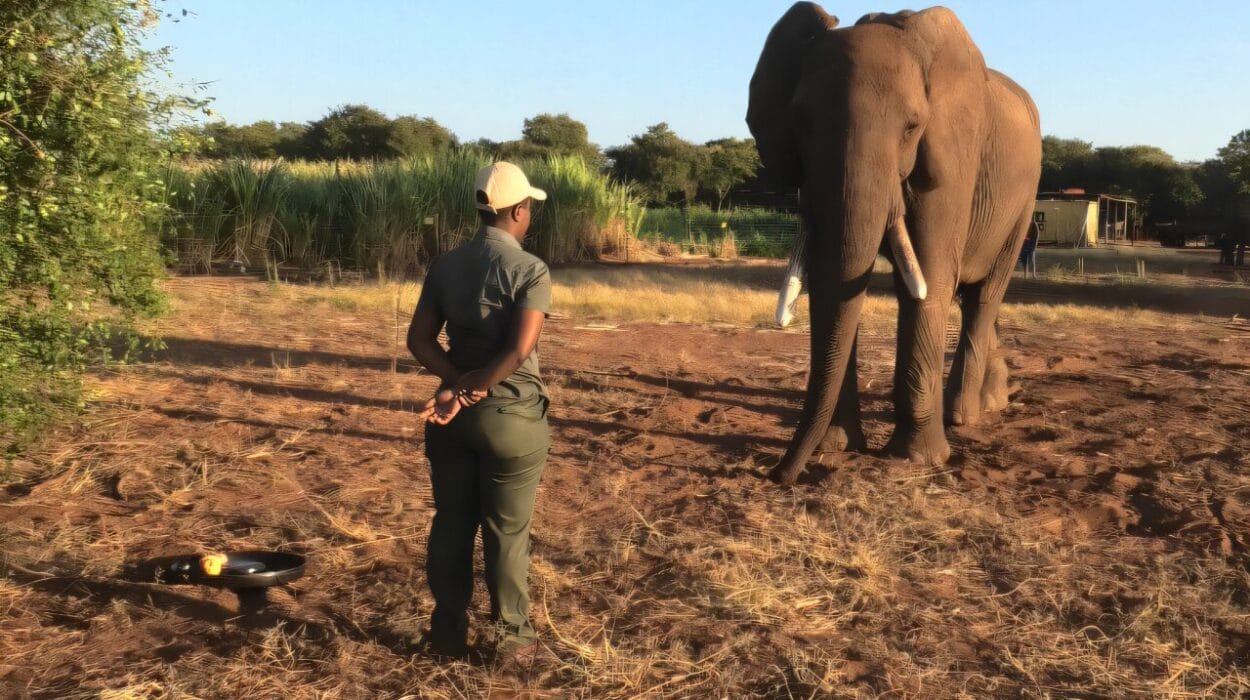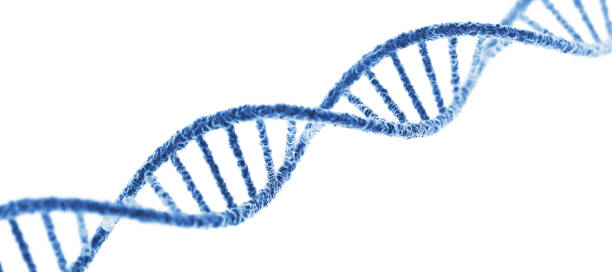Trees and shrubs are remarkable organisms, capable of living for centuries and recording the changes in climate and environmental conditions they experience. One of the most fascinating ways these plants record their history is through the formation of growth rings, which vary in width depending on temperature, rainfall, and other factors that affect their growth. In particular, a phenomenon known as blue rings provides valuable insights into past climate events, such as unusually cold summers. These blue rings are a subtle but powerful indicator of temperature anomalies, offering a unique opportunity to study the impact of climatic events, including volcanic eruptions, on the environment.
What Are Blue Rings?
Blue rings are distinctive patterns that appear in the growth rings of trees and shrubs when new growth doesn’t lignify properly, often due to cold weather conditions during the growing season. Under normal circumstances, trees and shrubs produce new growth during the warmer months, and their cell walls lignify (harden) properly, leading to healthy, fully developed growth rings. However, in years when the growing season is shorter or colder than usual, this lignification process is incomplete, resulting in blue rings that can be seen when the wood is stained.
Dr. Agata Buchwal of Adam Mickiewicz University in Poland, the lead author of a study published in Frontiers in Plant Science, explains that “blue rings look like unfinished growth rings, and are associated with cold conditions during the growing season.” These incomplete growth rings occur mostly in the latewood of the growth cycle, which forms at the end of the growing season, when trees and shrubs are typically entering a period of slower growth as temperatures drop.
Interestingly, the frequency and appearance of these blue rings vary between tree species. Pine trees are more prone to developing blue rings than juniper shrubs, which appear to be more resilient to colder conditions. This has led researchers to suggest that shrubs, such as junipers, are more adapted to the harsh conditions found at the northern treeline, allowing them to survive in regions with cooler temperatures compared to trees.
Studying Blue Rings in Norway
A significant study was conducted by a team of scientists who explored the presence of blue rings in Scots pine trees and common juniper shrubs from the northernmost parts of Norway, specifically at Mount Iškoras, which lies at the treeline. This area, characterized by its harsh growing conditions, provided a perfect natural laboratory for investigating how trees and shrubs respond to extreme cold events.
The researchers sampled wood cores from 25 Scots pine trees and stem-base disks from 54 juniper shrubs. These samples were carefully cross-sectioned, stained, and photographed under a microscope to examine the growth rings in high detail. Their goal was to measure the widths of these rings and identify any blue rings present.
What they found was striking. Of the pine trees sampled, 2.1% of the rings were blue, while 1.3% of the juniper shrubs’ rings displayed this phenomenon. While this might seem like a small percentage, it is significant because the blue rings tend to appear predominantly in the latewood, and this latewood formation is directly tied to temperature conditions during the summer growing season.
Interestingly, the blue rings occurred most frequently in 1902 and 1877, which both stand out as years with unusually cold summer temperatures. The research team linked these cold summers to potential global climatic events, such as the eruptions of Mount Pelée in 1902 and Cotopaxi in 1877—both massive volcanic eruptions that could have affected temperatures across the globe.
Blue Rings and Volcanic Eruptions
There is strong evidence to suggest that the 1902 cold summer may have been linked to the eruption of Mount Pelée on the island of Martinique, which occurred in May of that year. The massive eruption spewed ash and gases into the atmosphere, blocking sunlight and cooling the Earth’s surface. This cooling effect is thought to have delayed the growing season, causing a disruption in tree growth, particularly in areas like northern Norway where the growing season is already short and vulnerable to temperature fluctuations.
Similarly, the 1877 cold summer might be explained by the eruption of Cotopaxi, an active volcano in Ecuador. The eruption, which took place in June, was followed by an unusually cold August, which aligns with the development of blue rings in both the Scots pine and juniper shrub samples. However, the researchers noted that while the 1877 eruption and its cooling effects are plausible, there is no direct historical evidence of a clear, identifiable link between the eruption and the cooling in northern Norway, leaving open the possibility that other factors contributed to the cold summer.
Shrubs vs. Trees: Who’s More Resilient?
An intriguing aspect of the study is the contrast between the behavior of trees and shrubs in response to cold summers. The researchers found that while Scots pines were more likely to show blue rings, juniper shrubs appeared to be less sensitive to such cooling events. In fact, juniper shrubs were observed to be better adapted to the colder conditions found at the northern treeline.
According to Dr. Buchwal, “shrubs seem to be more adapted to cooling events than trees, which is probably why shrubs are found further north.” This suggests that shrubs, in general, may have a greater tolerance for climatic stress, allowing them to survive in harsher conditions where trees might struggle. This resilience to colder temperatures is likely one of the reasons why junipers and other shrubs can thrive in regions where the growing season is brief and temperatures are volatile.
For trees, on the other hand, the formation of blue rings indicates a compromised growth process. Dr. Pawel Matulewski, a co-author of the study, highlighted that in the case of pine trees, blue rings can weaken the tree, making it more susceptible to disease and mechanical damage. If blue rings persist for multiple years, the tree’s ability to recover could be impaired, ultimately affecting its long-term health and survival.
The Importance of Blue Rings for Climate Reconstruction
The findings from this study open up exciting possibilities for climate reconstruction using tree and shrub growth data. By analyzing the occurrence of blue rings in trees and shrubs, scientists can gain insight into past climate events, particularly cold summers that may have been influenced by volcanic eruptions or other climatic phenomena.
The 1902 and 1877 cold summers provide a glimpse into how global events, such as volcanic eruptions, can disrupt the local climate and influence plant growth. Comparing the data on these cooling events with local weather records confirms the significant temperature dips experienced during these years. In 1902, for example, the coldest June ever recorded delayed the start of the growing season, leading to insufficient warm days for proper lignification of the latewood. As a result, many blue rings formed in the trees and shrubs sampled by the researchers.
By further analyzing the blue rings in trees and shrubs from other regions, researchers can develop a broader understanding of global cooling events over long time scales. Dr. Buchwal expressed her hope that this study would inspire other research teams to explore the blue rings in their own materials and establish a global network for studying these rings. Such a network could offer valuable data for reconstructing past climates, especially in regions near the northern treeline where climatic data are often sparse.
Challenges and Future Research
While the study of blue rings offers promising insights, there are challenges in interpreting these results. One limitation is the potential mismatch between the temperatures recorded at weather stations and the actual conditions experienced by trees and shrubs at specific sites like Mount Iškoras. Future research will need to incorporate in-situ weather data to better understand the microclimates that may affect tree growth and the formation of blue rings.
Additionally, while volcanic eruptions are one potential cause of cooling events, there may be other factors at play, and more research is needed to identify additional triggers for blue ring formation. Researchers also noted that further studies may uncover additional periods of climatic cooling that left their mark in the growth rings of trees and shrubs from northern regions.
Conclusion
The study of blue rings in trees and shrubs is a fascinating way to explore the impact of past climate events on plant life. By looking at trees and shrubs from northern Norway, scientists were able to identify cold summers in the years 1902 and 1877, providing evidence of global cooling events that may have been linked to volcanic eruptions. The difference in the responses of trees and shrubs to these cold events adds to our understanding of plant resilience in harsh climates. Ultimately, this research opens up new avenues for climate reconstruction, offering a unique window into past climates and the environmental stresses experienced by plants over long periods of time.
Reference: Blue rings in trees and shrubs as indicators of early and late summer cooling events at the northern treeline, Frontiers in Plant Science (2025). DOI: 10.3389/fpls.2024.1487099






